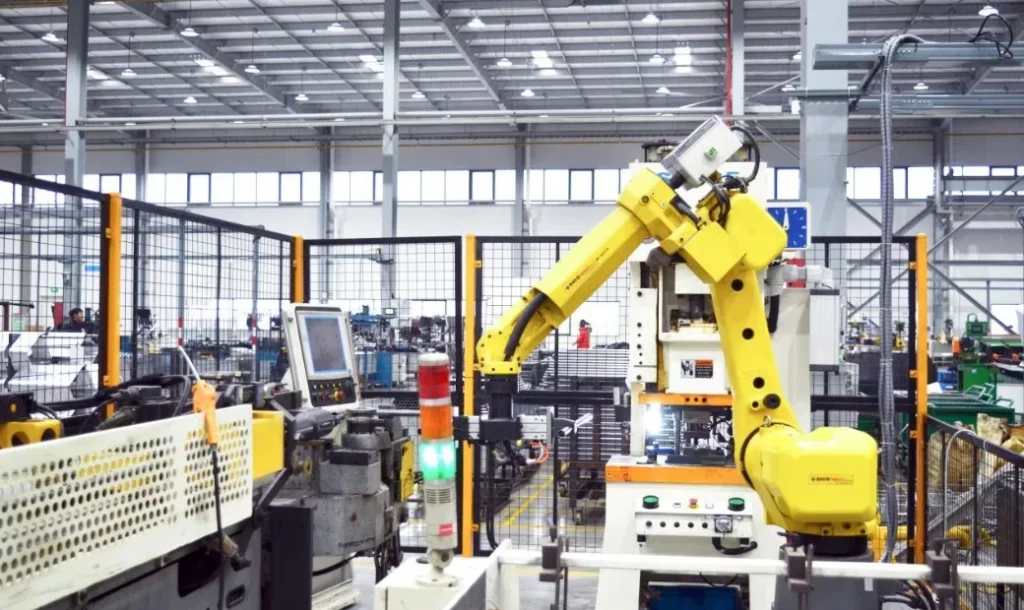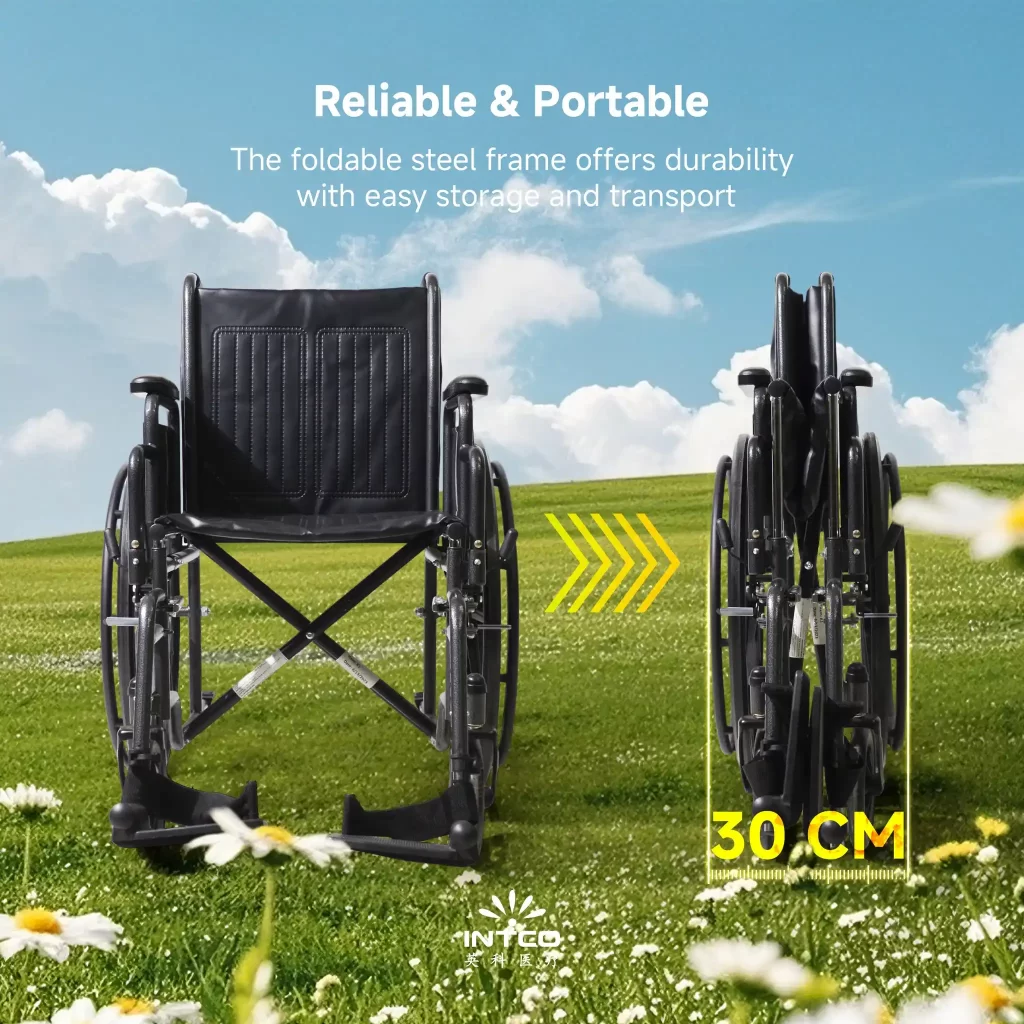Contact Us
Global Manufacturing Trends of Manual Wheelchairs
2025-10-17
The global manual wheelchair industry has undergone significant transformation over the past decade, shaped by technological innovation, evolving safety standards, and increasing demand for user-centric designs. As healthcare systems expand and aging populations grow, the need for durable, ergonomic, and cost-effective wheelchairs continues to rise — especially in emerging markets.

Evolving Market Dynamics
The manual wheelchair market is projected to continue steady growth through 2030, fueled by both population aging and expanding access to assistive technologies in developing economies. According to recent industry analyses, the market is increasingly shifting toward affordable yet highly functional models that can be customized for comfort and long-term use.
In developed regions such as North America and Europe, consumers are demanding wheelchairs that integrate advanced ergonomics, lightweight materials, and enhanced portability. In contrast, developing markets prioritize affordability and durability, particularly for healthcare institutions and government procurement programs.
This global diversity in demand has driven manufacturers to establish flexible production systems capable of meeting various regulatory and user requirements. The result is a more diversified supply chain that supports both premium and basic wheelchair models across continents.
Manufacturing Innovations and Material Trends
Manual wheelchair factories worldwide are adopting automation, digital fabrication, and modular design principles. Robotic welding, precision bending, and CNC machining have improved consistency, efficiency, and quality across large-scale production.

Lightweight metals such as aluminum and titanium have become common in higher-end models, providing strength without excessive weight. Carbon fiber — once used only in sports and aviation — is now increasingly incorporated in manual wheelchair frames for high-performance users seeking mobility and reduced fatigue.
Another notable trend is the integration of sustainable materials and processes. Many factories now prioritize eco-friendly powder coatings, recyclable components, and energy-efficient manufacturing systems. These changes not only reduce production costs over time but also align with global sustainability goals.
Compliance with International Standards
Ensuring product safety and consistency remains a cornerstone of global wheelchair manufacturing. International standards play a crucial role in guiding design, testing, and performance validation.
The International Organization for Standardization (ISO) provides detailed technical specifications under ISO 7176-1:2014, covering stability, durability, and maneuverability for manual wheelchairs. Manufacturers use these benchmarks to verify that products can safely support users under a range of real-world conditions.
Similarly, the World Health Organization (WHO) has established comprehensive guidelines under its Wheelchair Service Training Package – Basic Level, promoting quality production, appropriate wheelchair fitting, and service delivery in developing regions. These standards ensure that wheelchair manufacturing is not only about industrial output but also about meeting essential human needs.
In the United States, the American National Standards Institute (ANSI) and the Rehabilitation Engineering and Assistive Technology Society of North America (RESNA) jointly maintain the ANSI/RESNA WC-1:2019 standard. This document outlines testing requirements for both manual wheelchairs and scooters, reflecting a commitment to safety and innovation in assistive mobility devices.
Regional Manufacturing Hubs
Asia, particularly China and India, has emerged as the world’s largest production hub for manual wheelchairs. Competitive labor costs, advanced manufacturing infrastructure, and government-supported medical equipment industries have allowed these countries to dominate exports.
Europe, on the other hand, remains a leader in premium and specialized wheelchair design, focusing on user customization and rehabilitation innovation. Brands in Germany, Sweden, and the UK continue to push forward with lightweight frames, adjustable seating systems, and energy-efficient supply chains.
North America’s manufacturers tend to emphasize quality assurance and modularity, catering to both domestic medical facilities and export markets that demand regulatory compliance and longevity.
The Role of Customization
Customization has become a defining trend in the manual wheelchair industry. Hospitals, distributors, and B2B clients increasingly demand models that can be adapted for various users — from pediatric to bariatric patients.
Customization not only improves comfort and functionality but also extends wheelchair lifespan through replaceable components. Manufacturers offering adjustable backrests, seat widths, and removable cushions gain an advantage in the competitive B2B landscape.
For instance, INTCO Medical, a leading rehabilitation equipment manufacturer, integrates such modular features in its manual wheelchair series. Its designs combine ergonomic seating, foldable frames, and durable materials suitable for both individual and institutional needs — reflecting the company’s commitment to blending functionality with cost efficiency.

Challenges in Global Production
Despite rapid innovation, manufacturers face ongoing challenges such as rising raw material costs, fluctuating supply chains, and stricter regulatory requirements. The push toward sustainability adds additional complexity, as companies must balance green manufacturing with affordability and production efficiency.
Furthermore, the COVID-19 pandemic highlighted vulnerabilities in global logistics and the need for localized manufacturing or regional assembly centers. To remain competitive, many manufacturers are diversifying production bases and investing in digital supply chain management.
Future Outlook
The next decade of manual wheelchair manufacturing will likely focus on smart integration — combining traditional manual functionality with limited power-assist or digital monitoring features. Hybrid wheelchairs that provide both manual and electric operation modes are already in development, catering to users seeking greater flexibility.
Sustainability will remain central to future design and production. The integration of recyclable materials, reduced packaging waste, and energy-saving processes will be crucial for global manufacturers aiming to meet environmental standards and attract eco-conscious clients.
Additionally, global cooperation through international organizations like ISO and WHO will continue to ensure equitable access to mobility solutions, especially in low-resource settings.
Conclusion
The evolution of manual wheelchair manufacturing represents a broader shift toward inclusive design, sustainable production, and cross-border collaboration. As the global population continues to age, and accessibility becomes a universal concern, wheelchair manufacturers will play a vital role in shaping the future of mobility.
Companies such as INTCO Medical exemplify how innovation, affordability, and quality can converge to serve global needs. With continued advancements in technology and manufacturing standards, the industry is well-positioned to deliver more accessible and high-quality wheelchairs for users around the world.
References
-
International Organization for Standardization. (2014). ISO 7176-1: Wheelchairs – Part 1: Determination of static stability. Retrieved from https://www.iso.org/standard/56817.html
-
World Health Organization. (2012). Wheelchair Service Training Package – Basic Level (Trainer’s Manual). Retrieved from https://www.who.int/publications/i/item/9789241503471
-
American National Standards Institute. (2024, June 10). ANSI/RESNA WC-1:2019 – Wheelchairs and Scooters. ANSI Blog. Retrieved from https://blog.ansi.org/ansi/ansi-resna-wc-1-2019-wheelchairs-and-scooters/
-
Ghosh, R., et al. (2023). Raising wheelchair quality in India using international standards. PubMed. Retrieved from https://pubmed.ncbi.nlm.nih.gov/40057962/


